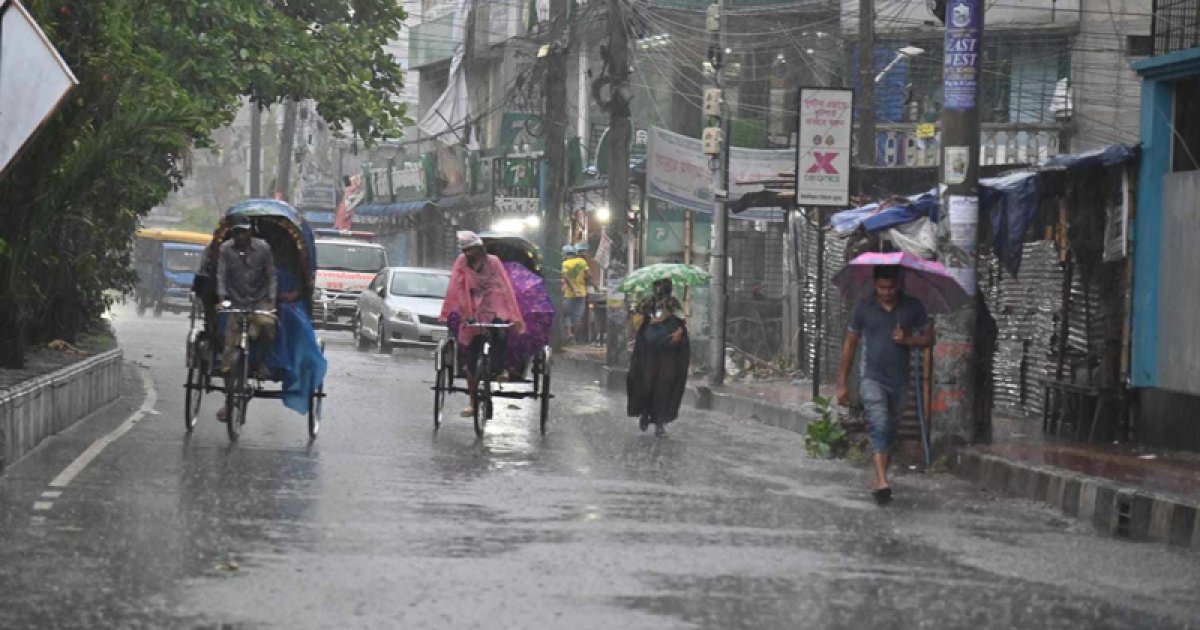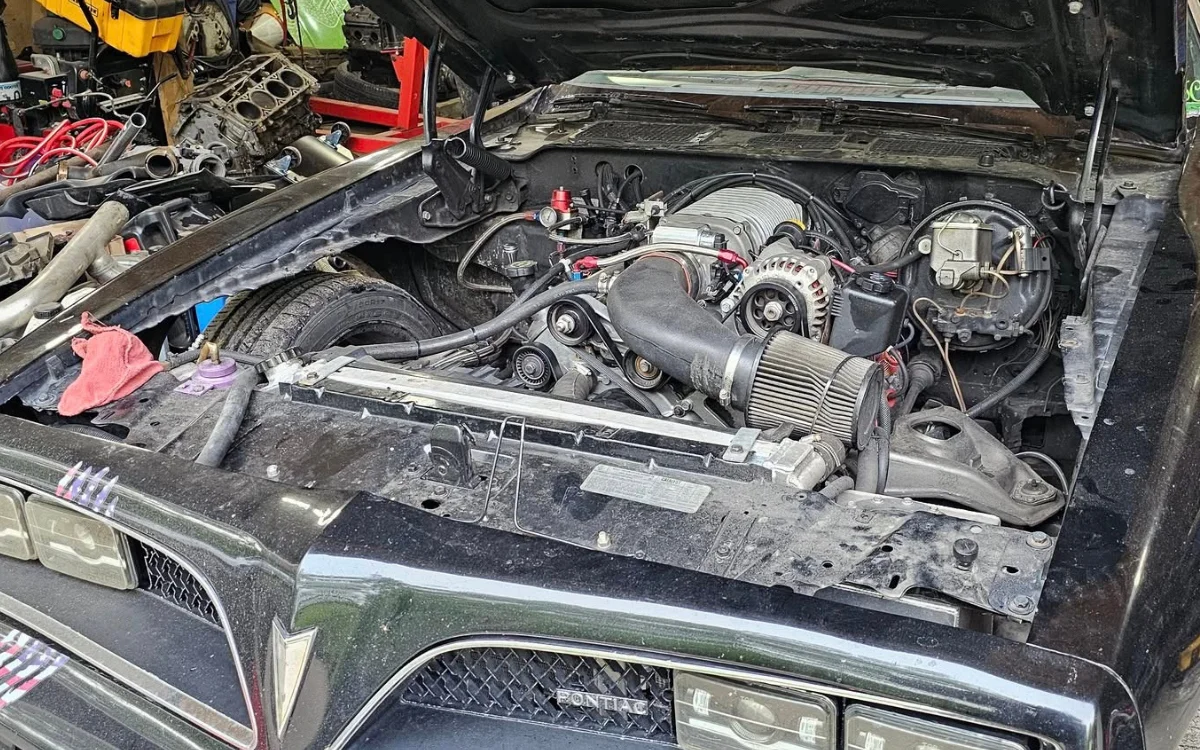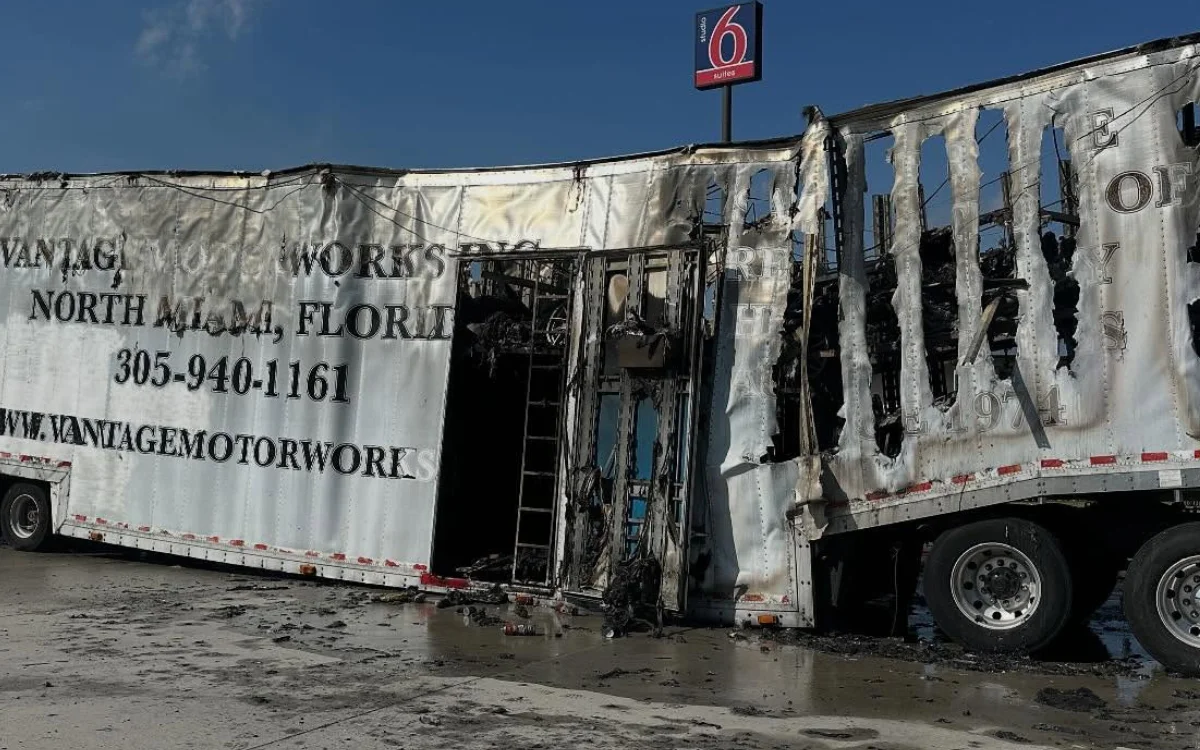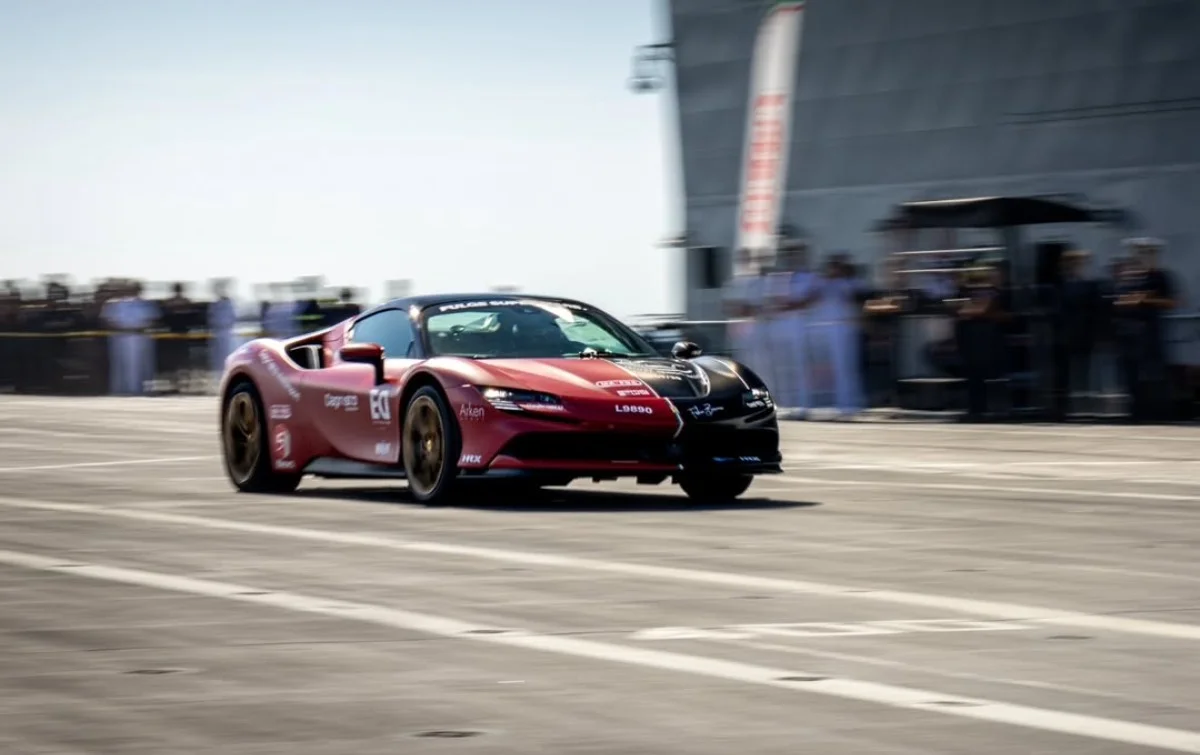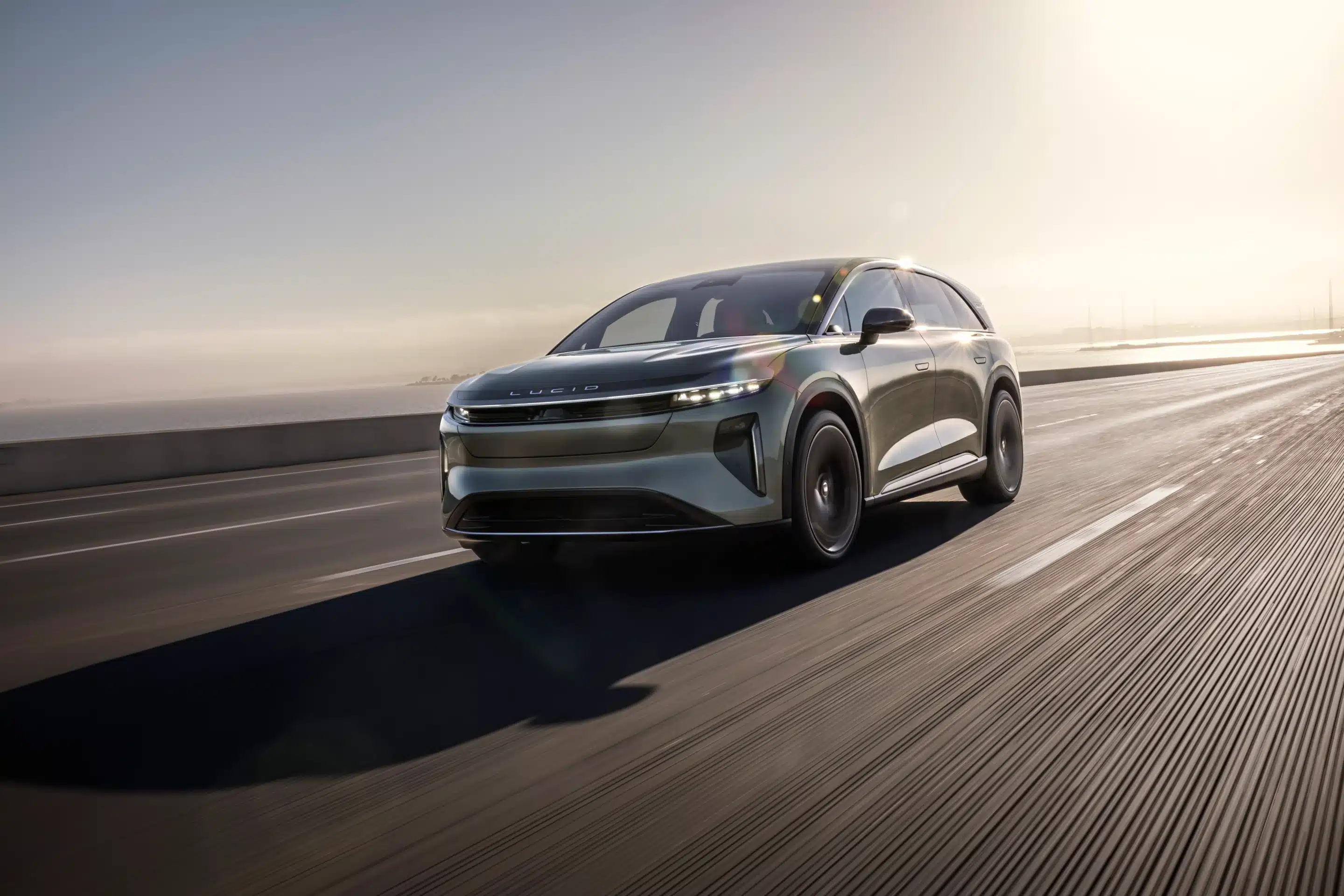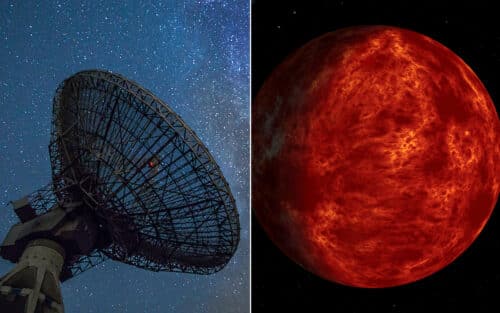These US states are the most expensive for EV charging
When it comes to cars, EVs might not be the default cheap option The post These US states are the most expensive for EV charging appeared first on Supercar Blondie.
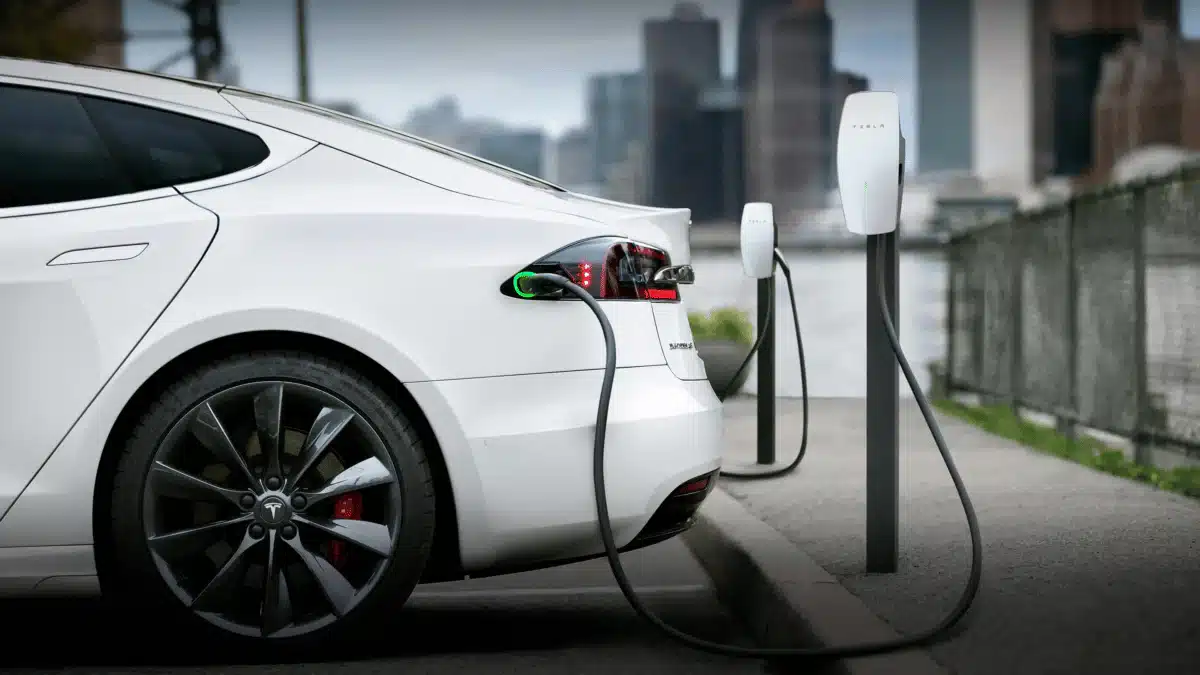
In parts of the US, EV charging now rivals gas prices, driven by rising electricity rates and a lack of reliable charging networks.
California, New York, and Hawaii top the list, where public fast-charging is significantly more expensive due to local electricity rates and limited charging networks.
These added costs often go unnoticed until drivers rely on public stations.
For many, the real cost of owning an EV depends entirely on where they live.
VISIT SBX CARS – View live supercar auctions powered by Supercar Blondie
Where EV charging costs the most in the US
California continues to report the highest average costs for EV charging.
The state’s electricity rates are consistently above the national average, and most charging networks pass those costs on to drivers.
In cities like San Francisco and Los Angeles, extra demand charges during peak hours make fast-charging even more expensive.
New York and New Jersey also see elevated prices.
High-density areas such as New York City and Jersey City come with complex fee structures that drive up the base cost of EV charging.
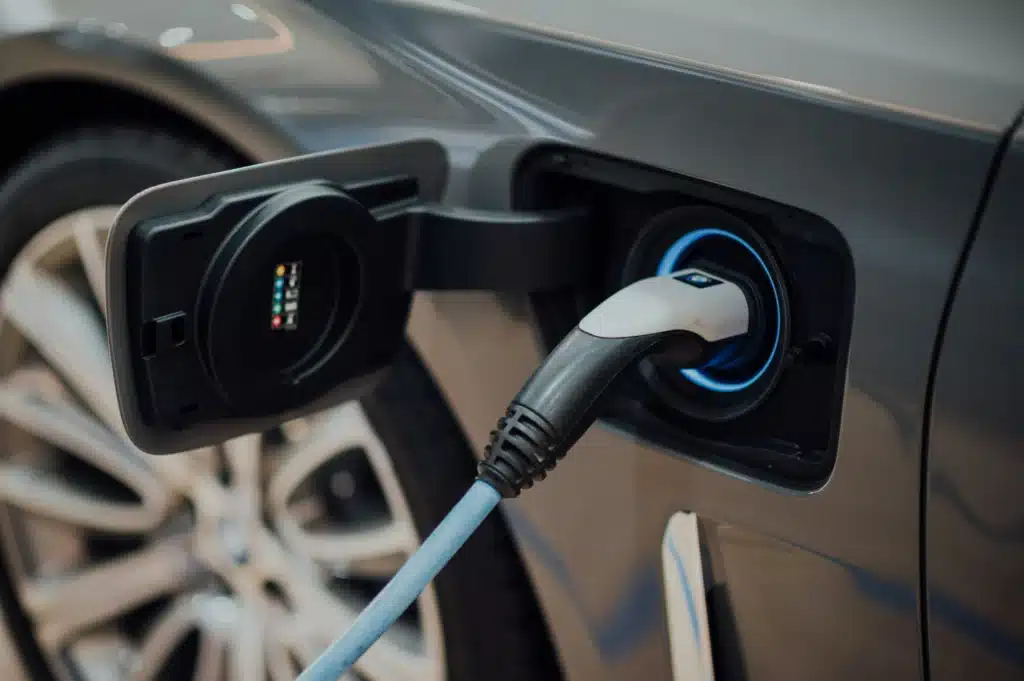
Utility rates are already high in the region, and when paired with operating costs like real estate and permits, prices at public stations increase further.
Charging networks in these cities must also account for maintenance and local taxes, adding to the final bill.
In Hawaii and Alaska, EV charging is shaped by geography.
Both states rely on isolated grids and imported fuel sources, which drive up electricity rates.
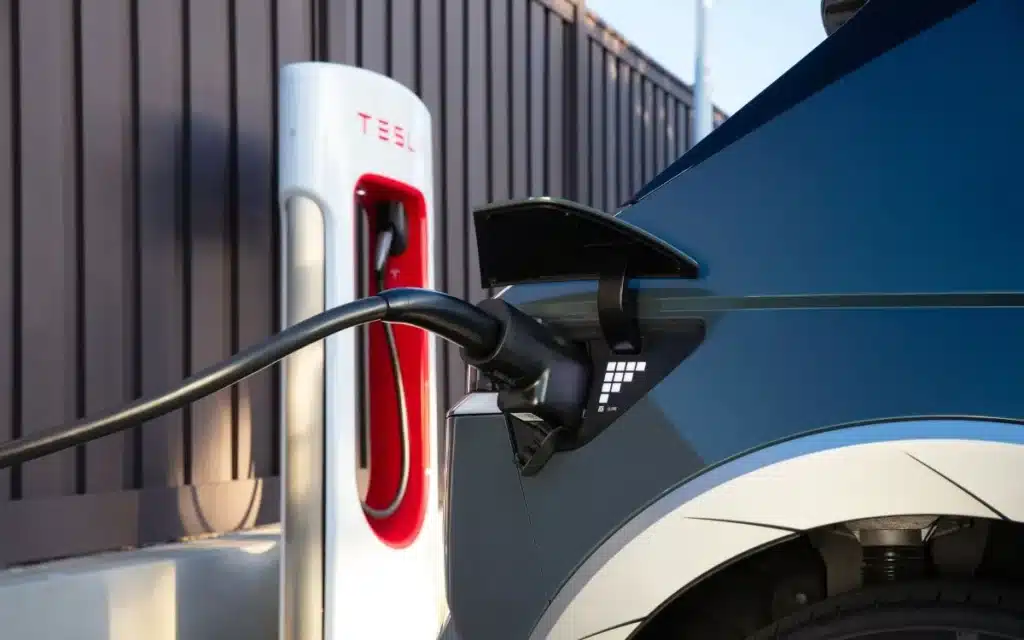
There are also fewer public stations, giving drivers fewer alternatives and leaving little room for competition.
As a result, even Level 2 chargers are often priced higher than fast-charging options in other states.
Across these regions, the lack of widespread charging networks contributes to the issue.
Fewer providers mean limited competition, and that tends to push prices up.
Most networks set their own rates based on operating costs, with little incentive to keep pricing low in areas where they dominate the market.
How charging networks and infrastructure shape the price
Not all EV charging stations cost the same. DC fast-charging, which delivers higher power in less time, typically comes with higher rates.
In states with elevated electricity rates, these costs can be two to four times more than slower Level 2 charging.
Charging networks also follow different pricing models.
Companies like Tesla, EVgo, and Electrify America vary their rates depending on region, time of day, and membership.
Some charge by the minute, others by the kilowatt-hour, and many add session or idle fees.
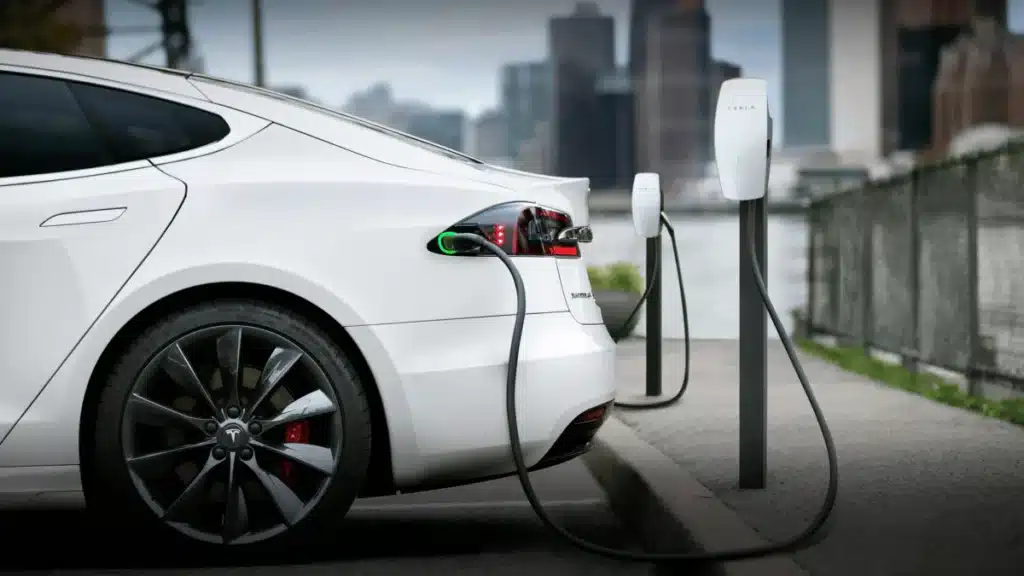
In cities with limited charging networks, drivers often have no choice but to accept whatever pricing is available.
Additional costs are layered on in urban locations. Public EV charging in these areas may also include parking fees, location surcharges, and taxes that are passed on from the operator.
These extra charges are especially common at stations located inside high-traffic retail or commercial zones.
While EV charging still offers cost benefits in many parts of the country, that advantage depends heavily on location and access.
States with high electricity rates and limited charging networks continue to be the most expensive places to charge an EV.
Without broader infrastructure development or increased competition, those costs are unlikely to drop anytime soon.The post These US states are the most expensive for EV charging appeared first on Supercar Blondie.
What's Your Reaction?









